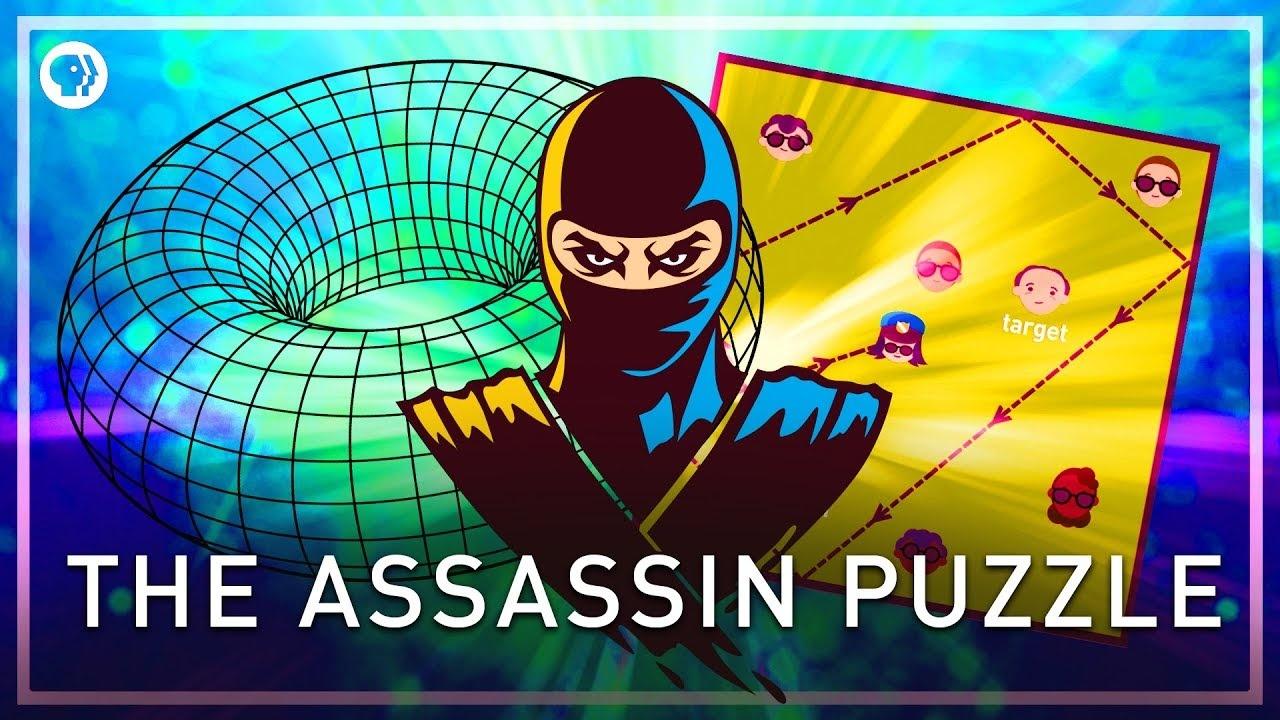Watch Episode

The Assassin Puzzle
S2 E19 / 9m 12s
Imagine you have a square-shaped room, and inside there is an assassin and a target. And suppose that any shot that the assassin takes can ricochet off the walls of the room, just like a ball on a billiard table. Is it possible to position a finite number of security guards inside the square so that they block every possible shot from the assassin to the target?



























